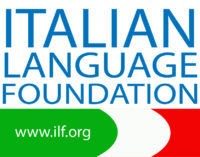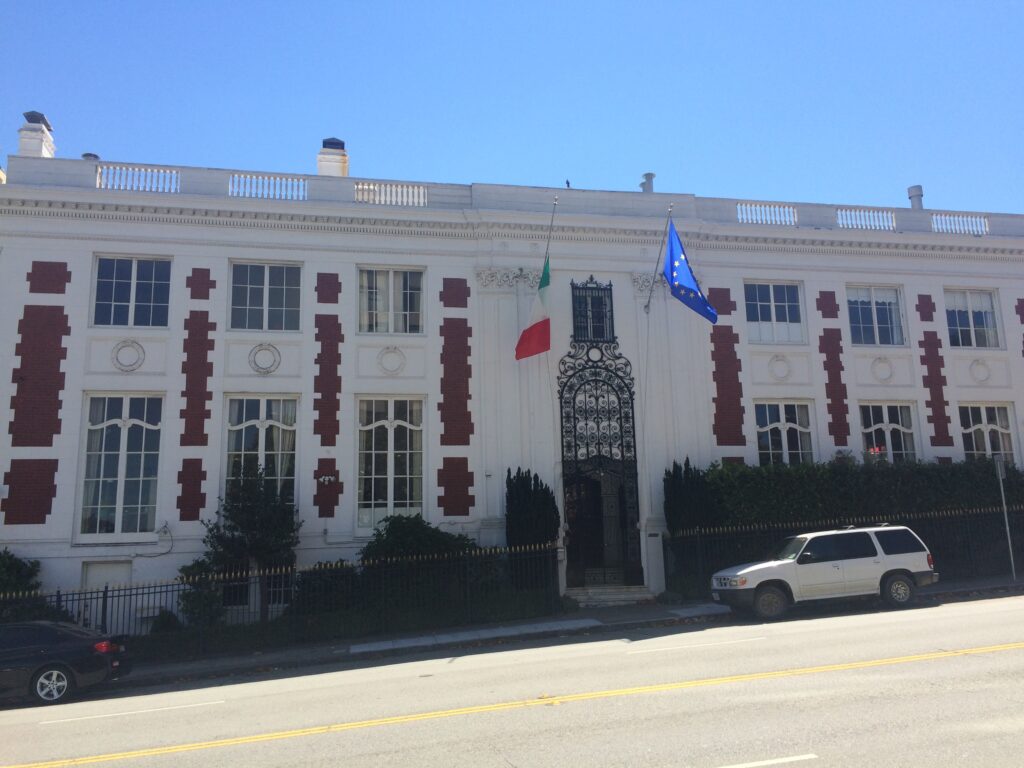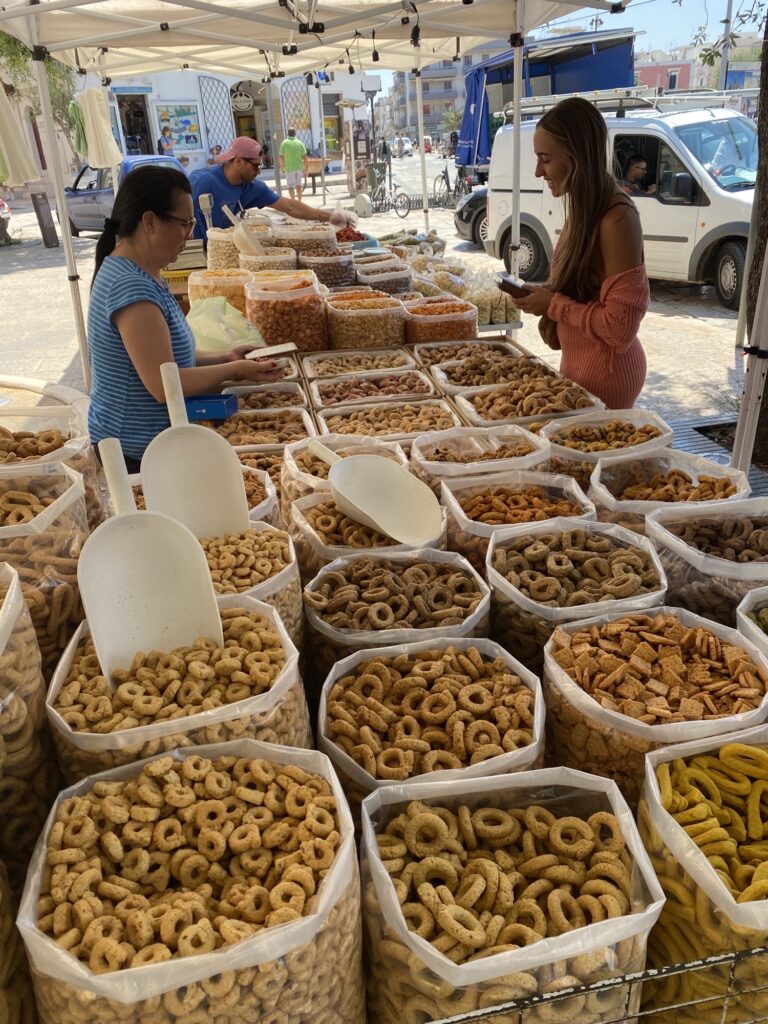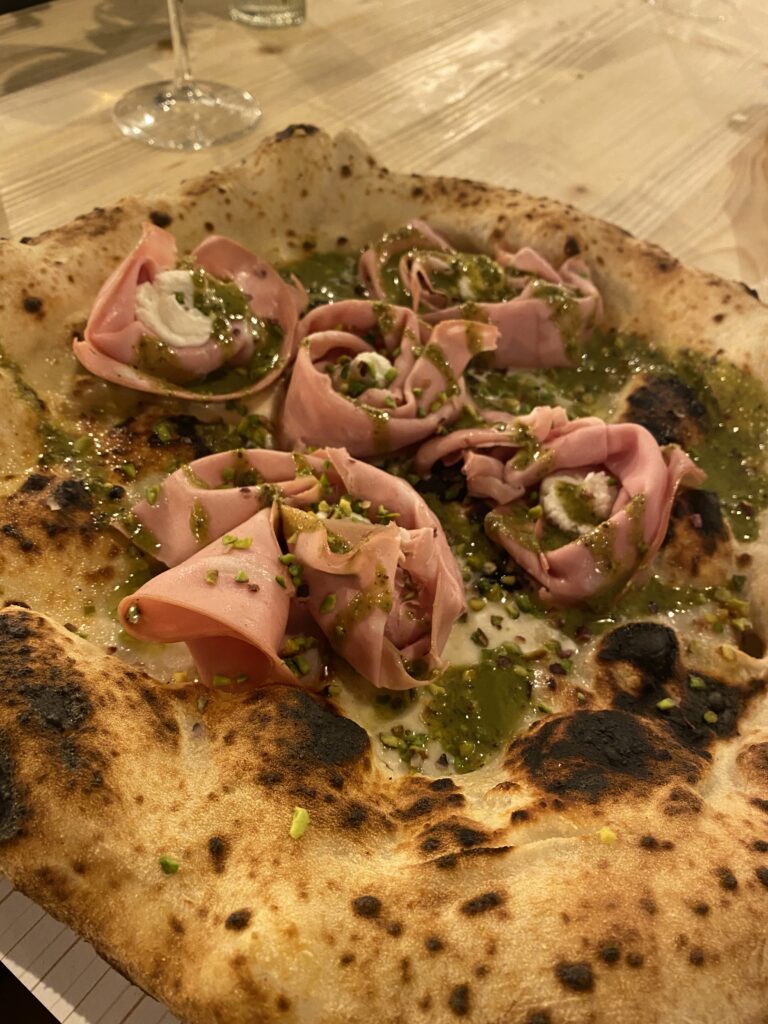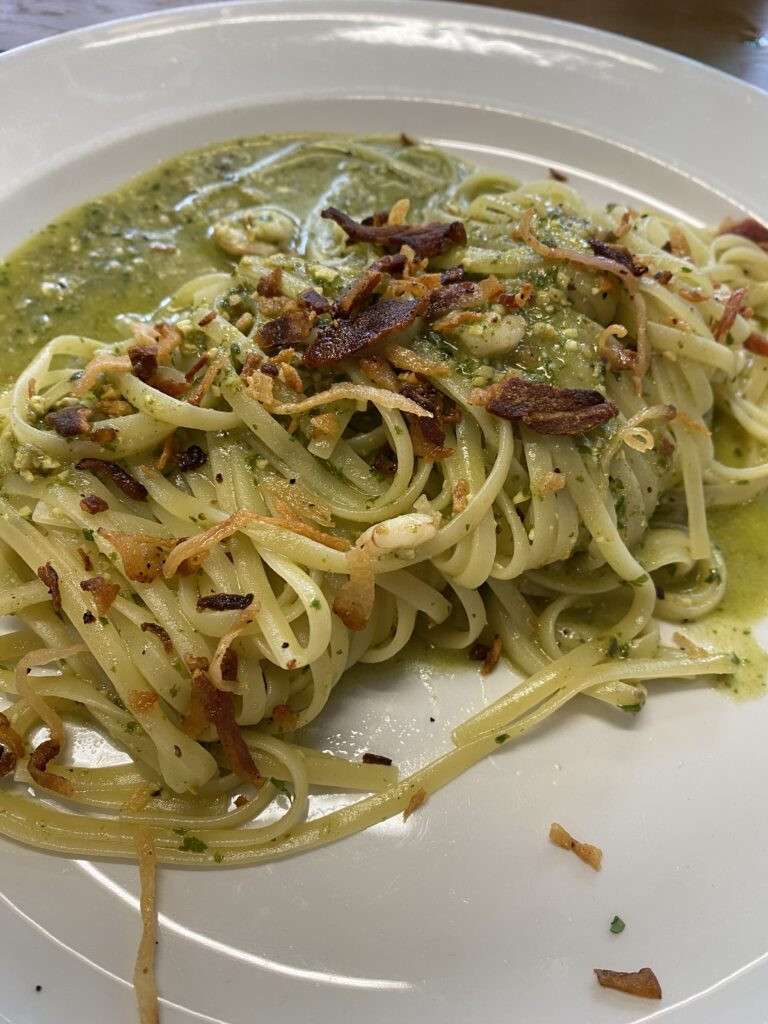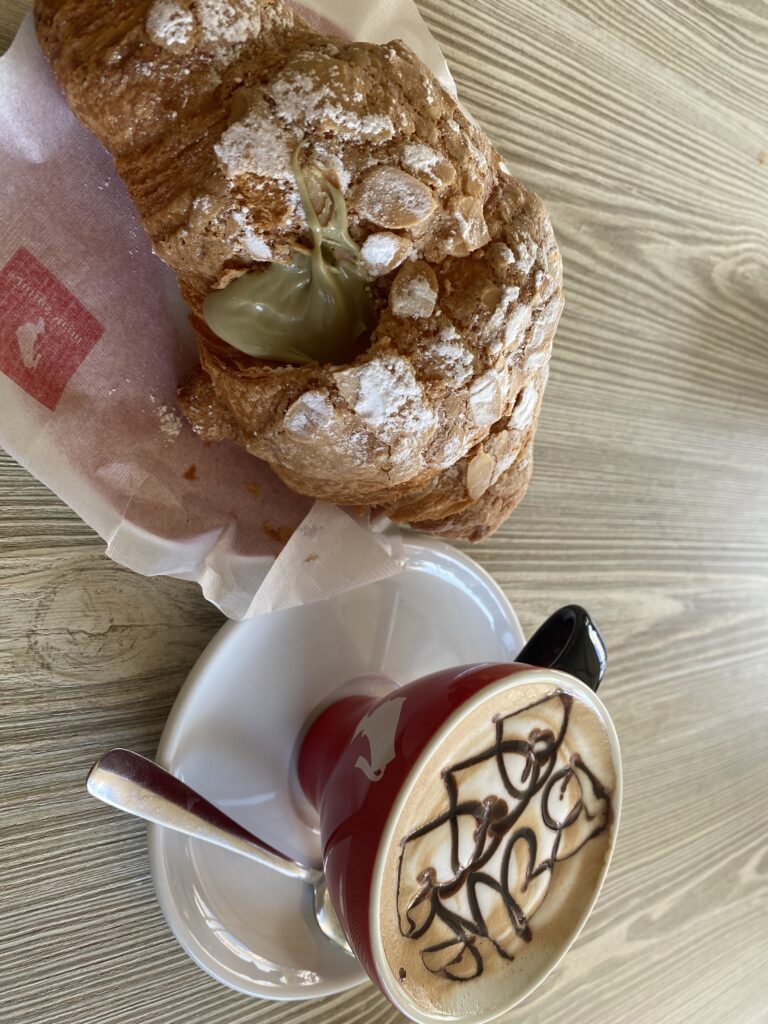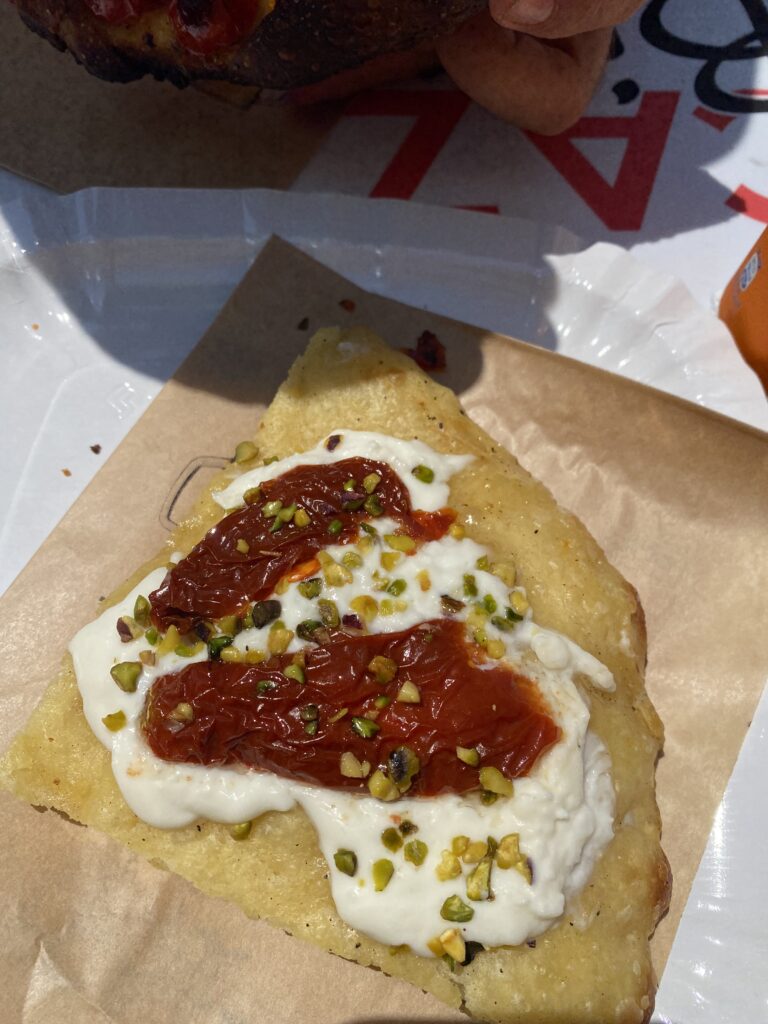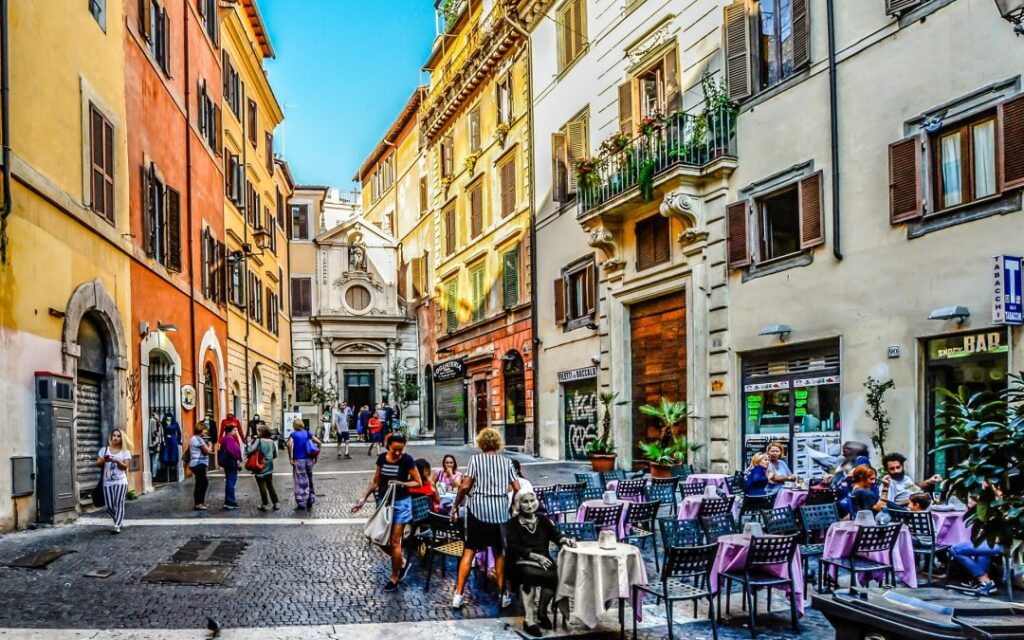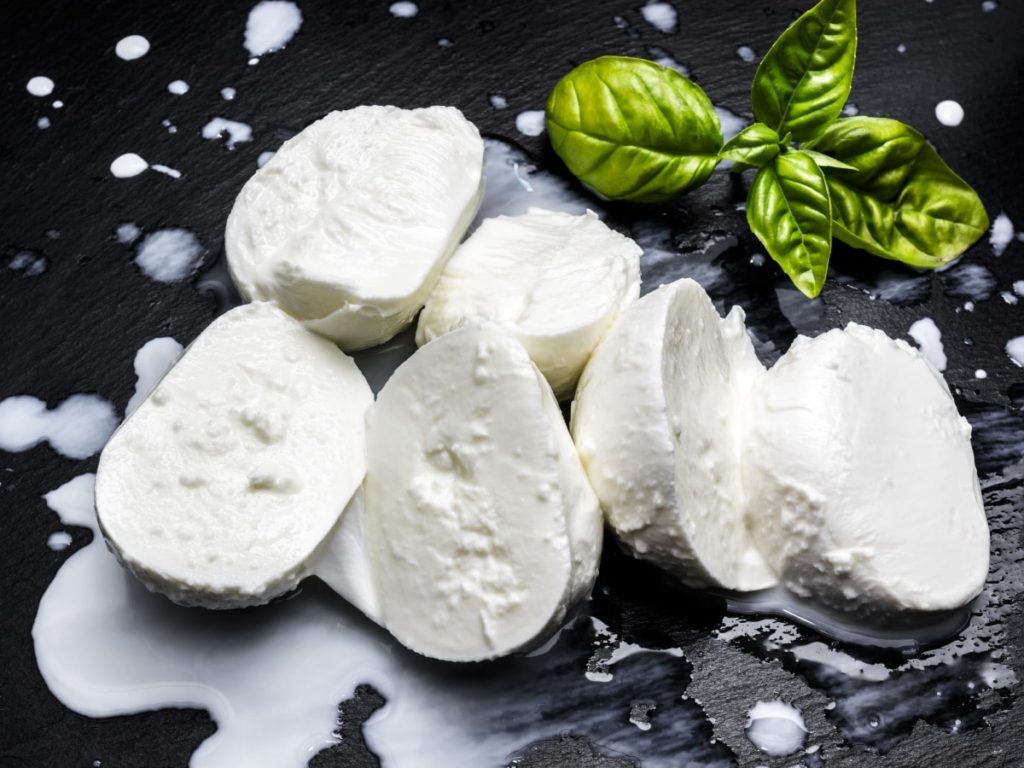
By Nicole Fortuna
I don’t remember the first time trying fior di latte mozzarella—it’s always been a delectable fixture in my family’s food traditions. Fior di latte is the guest you quietly hope will already be at the family gathering by the time you get there. It’s reliable but never boring; anticipated but never underwhelming.
Fior di latte mozzarella can please even the most persnickety of palates, bringing dissimilar gustatory factions to the same corner of the table. In its creamy, smooth simplicity, this cheese pairs with a panoply of more complex Italian delicacies—and dynamics: perfectly crunchy pane, aromatic basil from the giardino, or soppressata with just the right amount of kick. It’s also a go-to merendina while listening to a family member tell a juicy story, or getting to meet your relative’s new innamorato for the first time.
An arranged plate of freshly sliced, slightly salted mozzarella, for me, symbolically serves as the precipice of excitement about to unfold: waiting for all of my cousins to arrive at my grandparents’ house for Christmas; chomping at the bit for one of my mom and grandmother Giovanna’s meatballs right out of the hot frying pan; watching my grandfather Cosimo slice the aforementioned soppressata paper thin—making sure I always had the first sliver.
Much of the magic and meaning of growing up Italian are inherent to these ephemeral, seemingly ineffable moments and memories. Amazingly enough, they can all be easily unlocked with just the sight of freshly sliced fior di latte mozzarella.
Nicole Fortuna is a healthcare copywriter and lifelong Italian learner based in Philadelphia, Pennsylvania. She has a Master’s degree from the University of Pennsylvania with a focus in cultural studies, and a Bachelor’s degree in English with a concentration in Romance languages from West Chester University’s Honors College.
Nicole’s mom and her family emigrated from Salerno, Italy nearly 60 years ago during Thanksgiving, and her paternal great-grandparents were originally from Rome. Every day, Nicole engages with her Italian heritage and language abilities in some way—through tutoring undergraduate students, watching Italian TV shows, and speaking and writing in Italian. In 2024, Nicole will return to Italy to visit family, and in the future, she hopes to be able to pursue translation professionally.
